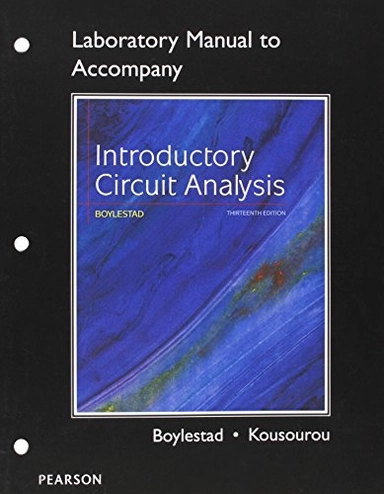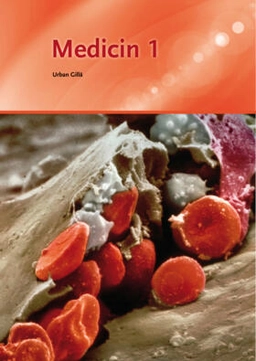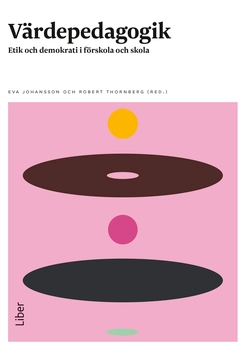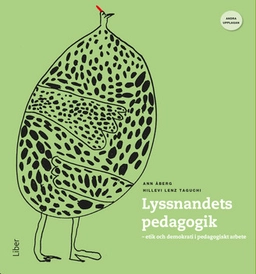The primary objectives of this revision of the laboratory manual include insuring that the procedures are clear, that the results clearly support the theory, and that the laboratory experience results in a level of confidence in the use of the testing equipment commonly found in the industrial environment.
For those curriculums devoted to a dc analysis one semester and an ac analysis the following semester there are more experiments for each subject than can be covered in a single semester. The result is the opportunity to pick and choose those experiments that are more closely related to the curriculum of the college or university. All of the experiments have been run and tested during the 13 editions of the text with changes made as needed. The result is a set of laboratory experiments that should have each step clearly defined and results that closely match the theoretical solutions.
Two experiments were added to the ac section to provide the opportunity to make measurements that were not included in the original set. Developed by Professor David Krispinsky of Rochester Institute of Technology they match the same format of the current laboratory experiments and cover the material clearly and concisely. All the experiments are designed to be completed in a two or three hour laboratory session. In most cases, the write-up is work to be completed between laboratory sessions. Most institutions begin the laboratory session with a brief introduction to the theory to be substantiated and the use of any new equipment to be used in the session.
Åtkomstkoder och digitalt tilläggsmaterial garanteras inte med begagnade böcker





















